Slowtwitcher and USAT Age and Gender Makeup
How has the readership of Slowtwitch changed over the past 6 years, and has this tracked or diverged from USAT’s annual membership demographics?
Last month we asked a poll question of Slowtwitchers which was word-for-word what we asked in 2012: Are you in your 20s, 30s, 40s? And so forth. Below is the chart that plots the answer.
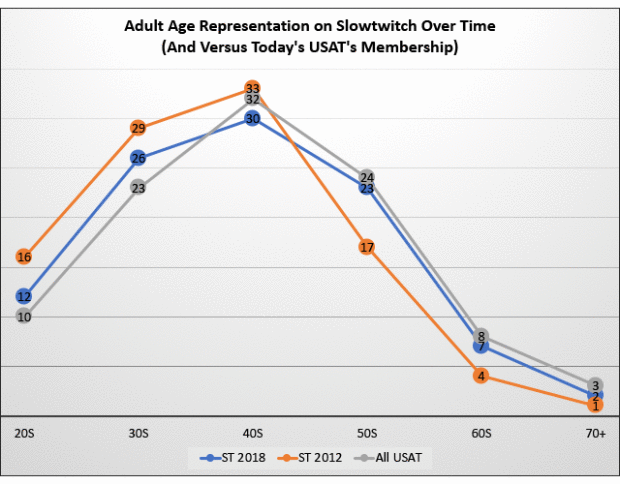
For example, you'll see that 33 percent of all Slowtwitchers were in their 40s back in 2012, and that compares to 32 percent of all of today's adult annuals, and 30 percent of all of you reading now. In 2012 only 17 percent of you were in your 50s; now that's 23 percent of you (if you took our poll, or are representative of it) and 24 percent of all USAT adult annuals.
As you can see, those who read Slowtwitch have aged a bit, and that’s not news to longtime Slowtwitchers. What may be news is that our community hasn’t aged more.
About three-quarters of all Slowtwitchers began reading prior to 2016, as you'll see in the poll below.
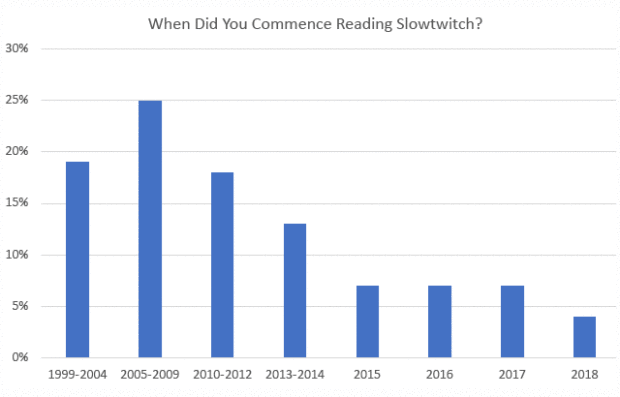
What I don’t know – what I haven’t polled or surveyed – is the makeup of the 25 percent of you all who’ve joined this community in the last 3-plus years.
If you subtract the youth segment of USA Triathlon (we’ll get to the youth in a moment) there is quite a bit of age – not gender! but age – congruity between USAT and Slowtwitch.
Two points of striking divergence between the Slowtwitch and USAT cohorts are in youth and gender. A full 25 percent of USAT annual memberships are held by athletes who are under 20 years old, and it’s a striking success story for the national federation, as triathlon is not a simple sport in which to compete for those in this age category, almost all of whom are full time students, most of whom have to blend their triathlon participation with the single-sport teams in their schools.
The other is in the gender mix. Slowtwitch is 85 percent male, 15 percent female, always has been (a function of how this site is constructed and managed; or the typical gender breakdown of technic-specific internet sites; or of reader forum boards; or some admixture). Conversely, its clear that women make up a larger chunk of the total USAT membership in successively younger age groups (as seen in the poll below).
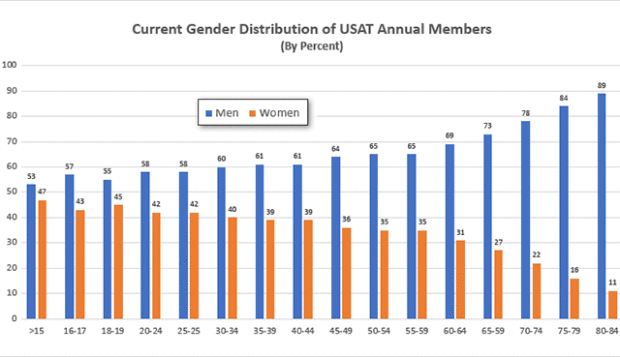
I don’t have all USAT’s current demographics, so I don’t yet know if this is a result of men abandoning the sport or the increasing engagement of women, but I would note that 2018 appears, based on my inquiries to date, to be a flat or up year versus the past 5 years, which were all down year over year after a 12-year unabated rise in memberships.
This paradigm mirrors the progression of women in running, where men were the early adopters but women are now the dominant participant force.
In my experience – and this is simply my impression, my observation, based on no data – if shown the pathway women find fewer reasons than men to say no to a challenge. I returned from the first-ever gravel bike triathlon in Michigan yesterday, and on the plane ride home from Phoenix, where I connected, I sat next to a lady in her mid-50s. During that 55-minute trip we got to talking, and by the time the plane landed in L.A. we had the equipment and coaching more or less worked out, and were into the calendar looking for her first triathlon.


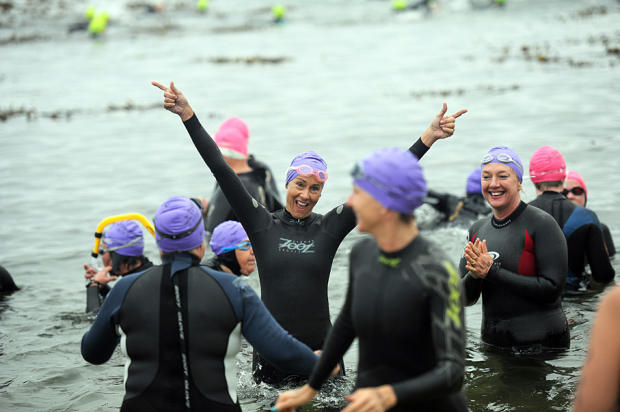
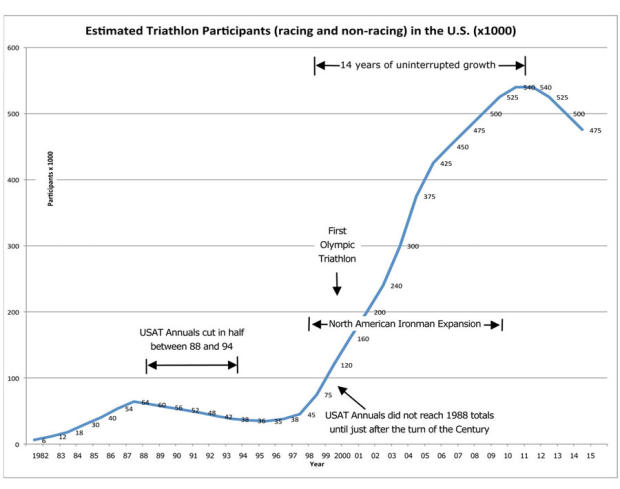
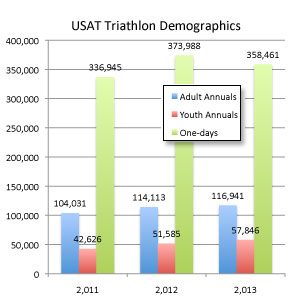
Start the discussion at slowtwitch.northend.network